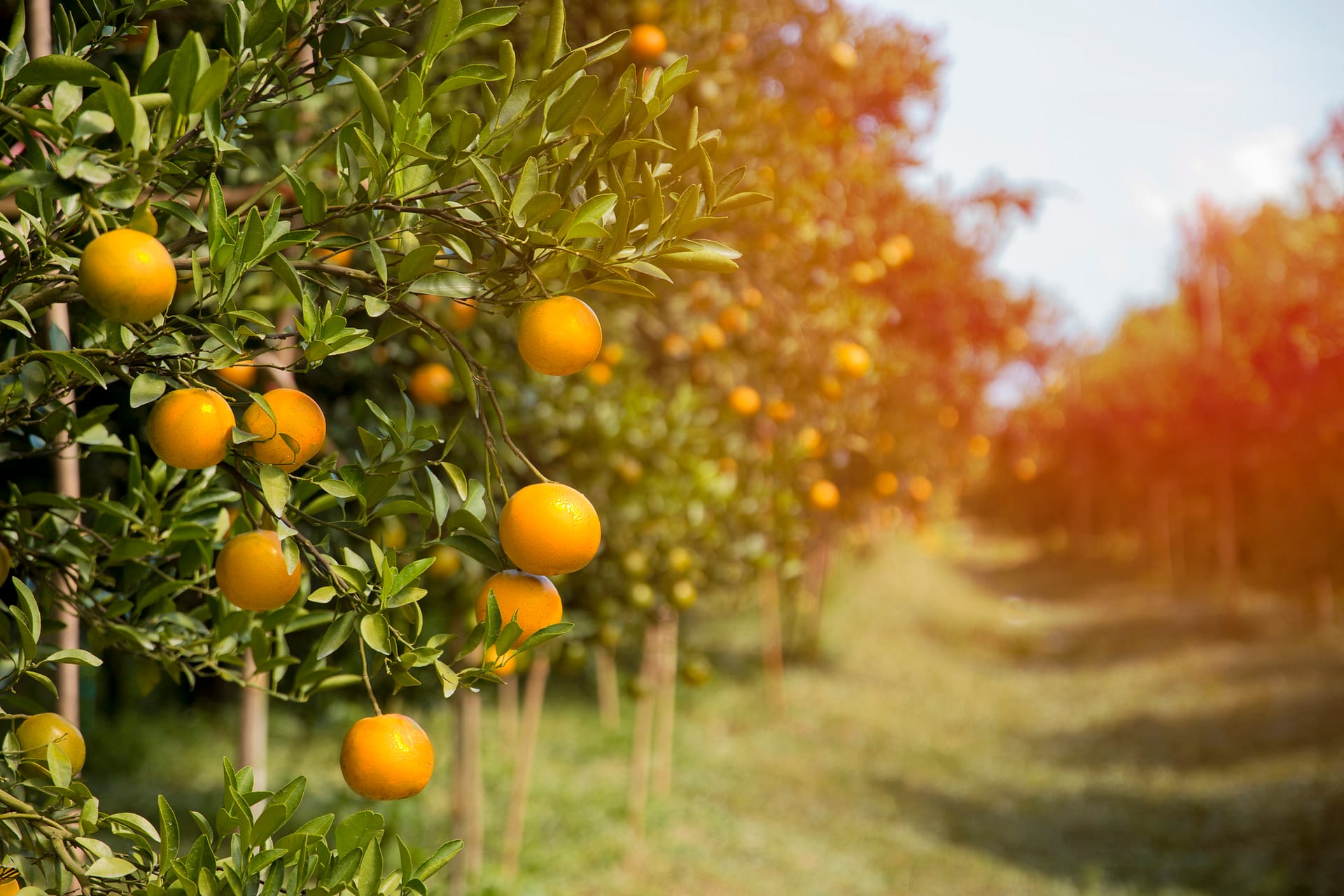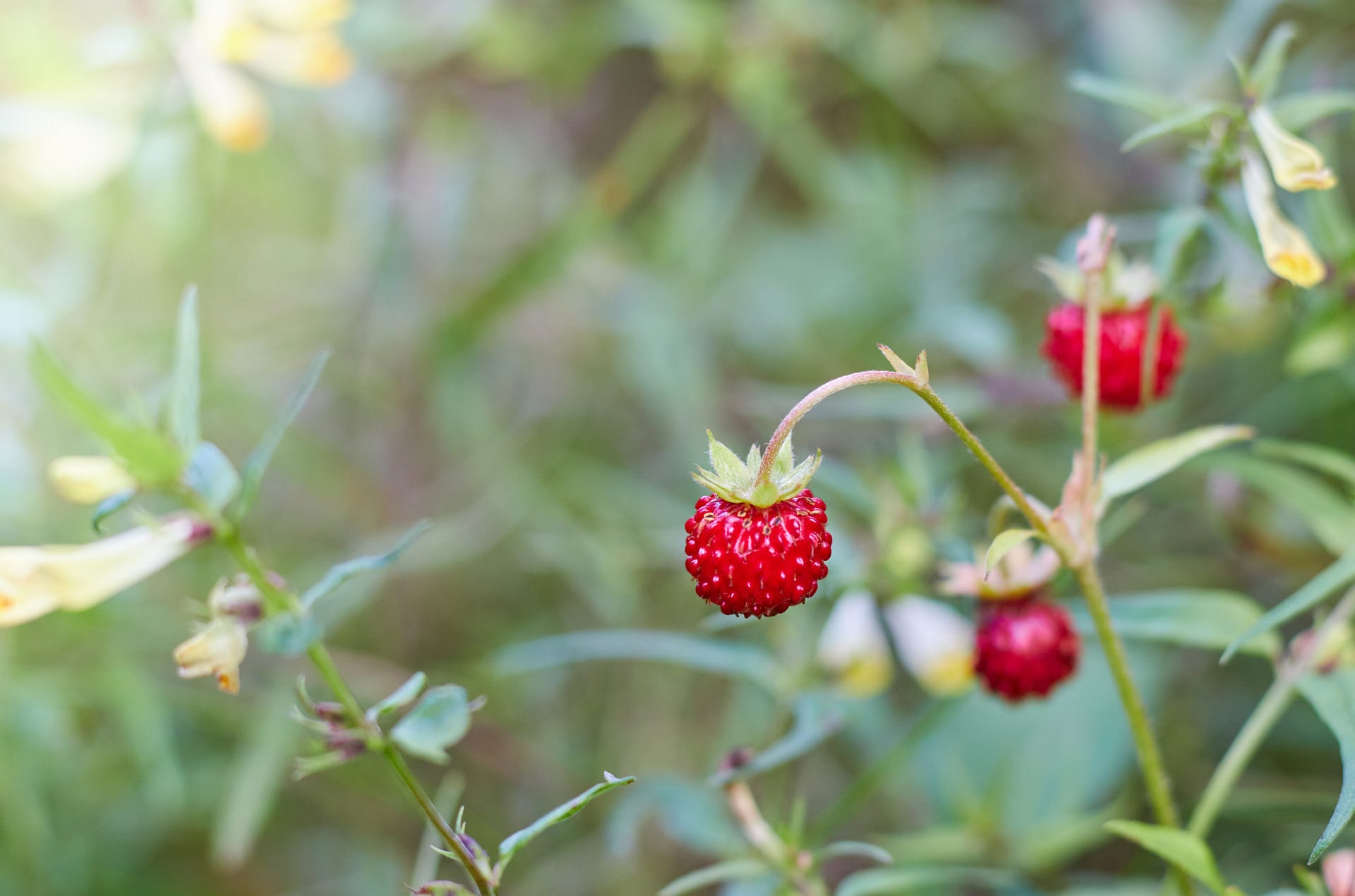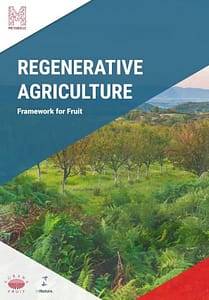Healthy soil, healthy food: Agrana’s new framework for sustainable fruit cultivation
Identifying farming practices essential for regenerative fruit production, and how to implement them across landscapes worldwide.
Agrana Fruit strives to safeguard local ecosystems and enhance biodiversity across their supply chains. The large agriculture commodities firm partnered with Metabolic and reNature to develop a regenerative agriculture framework that promotes topsoil regeneration, biodiversity protection, improved water cycles, and other sustainable agriculture techniques. This framework stands out as one of the first action guides that can be applied to various fruits and climates, a versatile roadmap to regenerate land across different geographies worldwide. Co-developing this guide with external stakeholders and practitioners makes this framework representative of today’s science and opportunities to transition fruit farms of all kinds to a regenerative system.
- Partner: ReNature
- Client: Agrana
- Date: May 2021
Conventional farming poses a threat to future food systems
Conventional farming practices apply proven concepts that increase food production at fast rates and low costs, but they are very resource and land intensive. As the global demand for food increases, we must adopt more sustainable practices. Regenerative agriculture is a new approach for a resilient food system, with practices that improve soil fertility, protect biodiversity, and promote healthy ecosystems. In particular, fruit requires higher nutrient content in the soil than most crops, and the diversity of landscapes producing an array of fruit varieties means there are various approaches to regenerative agriculture. To date, there has been a lack of globally recognised specifications for regenerative production.Learning from both science and expert practitioners
Metabolic and reNature partnered with Agrana Fruits to perform a literature and expert practitioner review, and create a framework that focuses on the transition of fruit farming systems from conventional to regenerative agriculture. The study includes a review of scientific literature which addresses different practices that are applicable across all farms as well as more specific ones based on the type of fruit and climate. To complement the scientific literature, we also interviewed expert practitioners to identify challenges and opportunities of implementing practices at the farm level. By interviewing practitioners we were also able to identify the risks associated with each practice in terms of human/labor rights, social conditions, and conditions of unequal access.
A detailed, holistic transition to regenerative farming
The final outcome developed sets of guidelines for implementing regenerative agriculture for ground crops (such as strawberries), bush crops (for example, blueberries and raspberries) and tree crops (e.g., peaches). These guides identified 14 practices that represent regenerative methods in fruit production, with largely positive effects on soil health, biodiversity, and water use. Indicators were developed to measure their effects, and a high-confidence score was given with a time scale for how long it takes to fully realize the potential benefits as well as any variation of those benefits in a variety of contexts. With the new framework focused on regenerative agricultural practices for the cultivation of fruits, Agrana Fruits is supporting the transition of their supply chain by focusing at the landscape level.




“What we wanted to do was take the science that everyone’s seen, and then look at the case studies that we know are happening on the ground. So this isn’t a debate about definitions. This isn’t a debate about whether we like the word nature-based solutions or natural climate solutions. It’s a debate about what’s actually happening, and it is happening on different levels. It’s about driving quality at scale and speeding it up because we’ve got until 2030. We need to do this right the first time. We haven’t got a chance to go back and do this twice.”
-James Lloyd, director of the Nature4Climate coalition
Director
ANY QUESTIONS?
For more information about this project, please get in touch.






